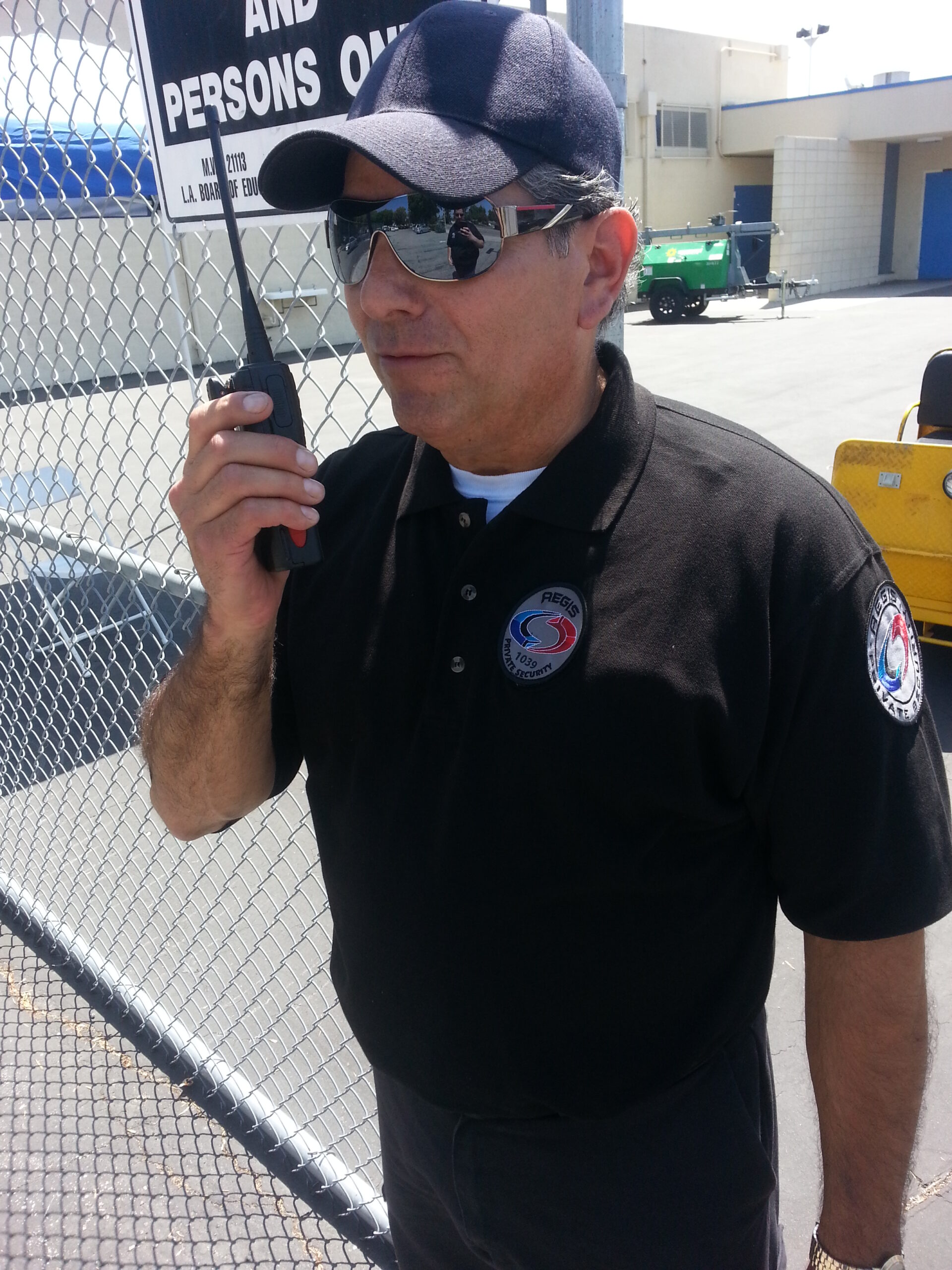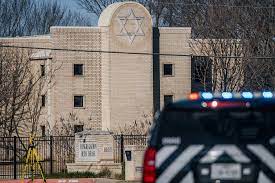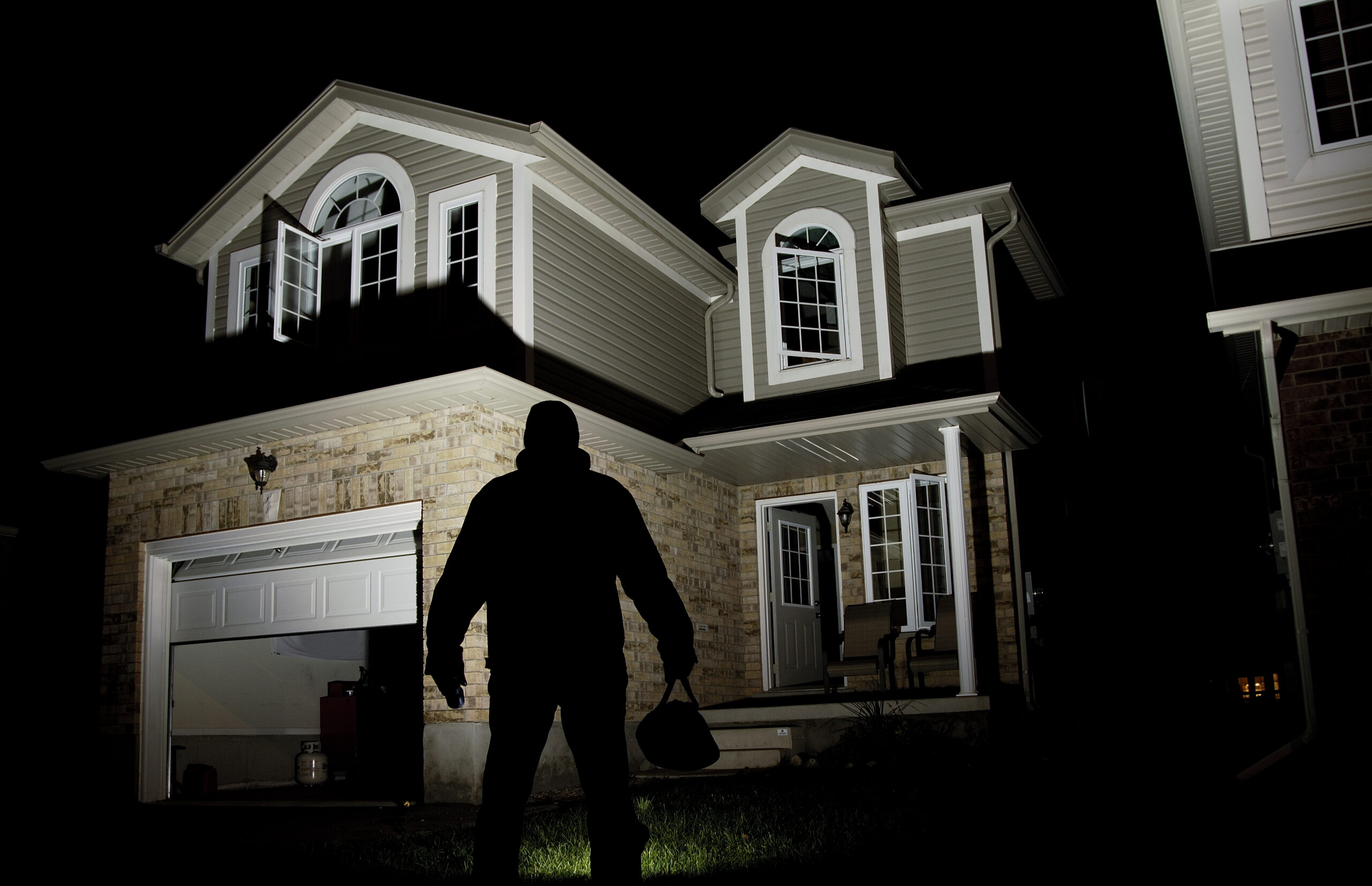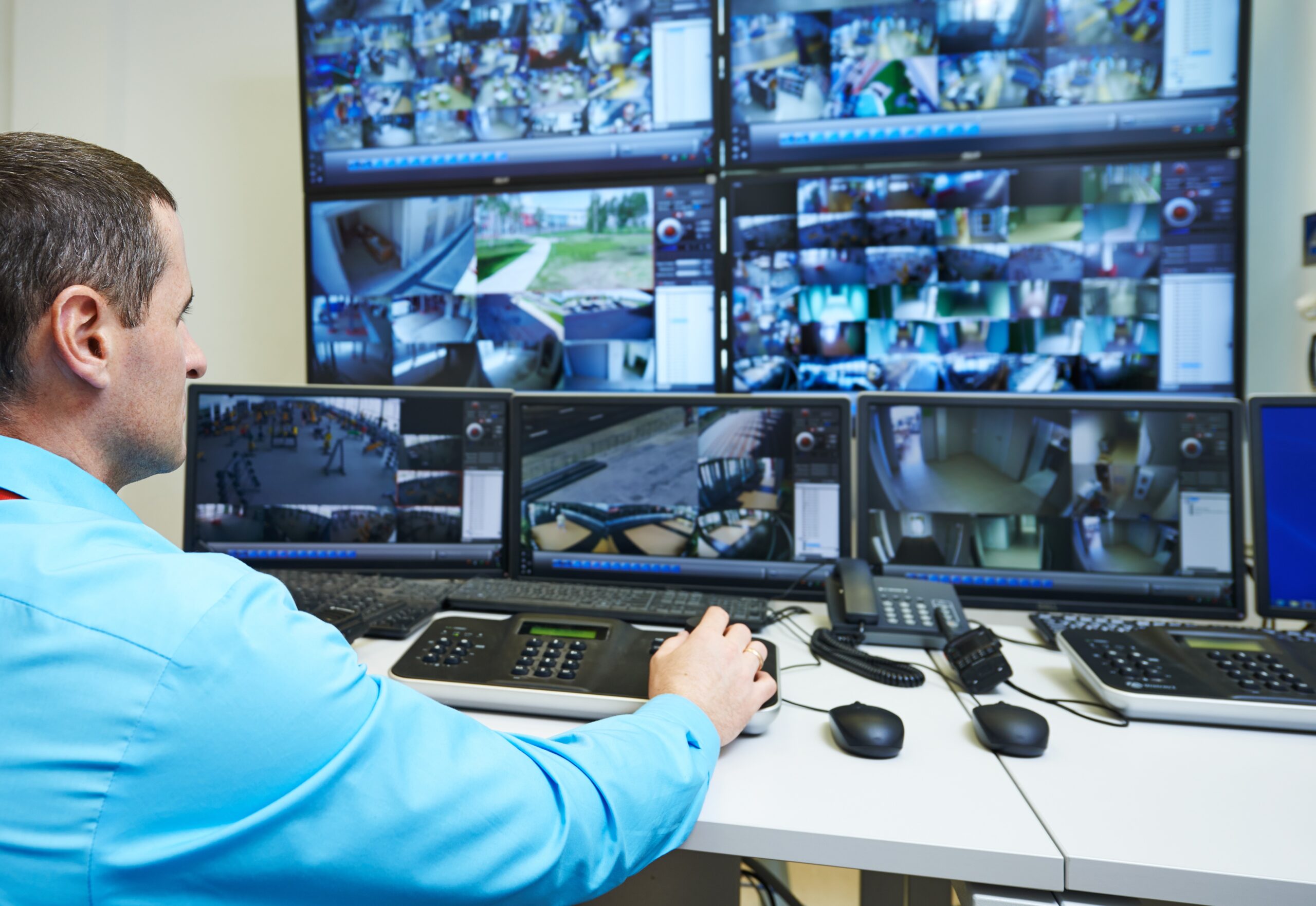As experts in school security, AEGIS Security & Investigations in Los Angeles, California is constantly searching for the latest technologies and methods intended to enhance campus safety. In the last week, several reports have come out about K-12 campus security and potential holes that exist in current systems. Los Angeles Unified School District (LAUSD) has been a prime candidate for review, and as a Los Angeles-based security company, we find it critical to stay up-to-date on the latest trends and work to close security gaps.
School security remains a hot topic as summer comes to a close and students prep to return for a new year. The debate about how to best protect these kids remains intense. Do you use armed guards? How effective are metal detectors? What about security cameras and tech-based lock down systems?
According to a report issued by City Attorney Mike Feuer’s Los Angeles School Safety Blue Ribbon Panel, as reported by CBS Los Angeles, metal detectors have been found ineffective at LAUSD campuses. Essentially, metal detectors may be useful to find and confiscate weapons on students the day they are brought to campus, but it is more critical to check-in with students from a mental health standpoint.
The report found that students felt there was a breach in trust when hand wanded by adults on campus. This breakdown may lead to students staying quiet when they see something, tearing them away from the central safety principle of “see something, say something.”
Rather than using metal detectors, the Panel recommends opening more paths of communication based on “see something, say something,” such as use of an anonymous tip hotline or texting-based system to report suspicious behaviors to school administrators. Additionally, LA schools are encouraged to have a single point of entry, increased social awareness (anti-bullying policies), and communication with parents to ensure gun awareness and proper storage is a well-discussed and implemented topic.
Additional coverage by the Los Angeles Times highlights general weaknesses of LAUSD schools, citing the age of campuses and noting that their architecture was not designed with the threat of active shooters in mind.
So, what can be done? How can we work toward fixing school security in LA (and nationally)?
The simple answer is train and prepare your faculty, staff and administrators now. Prepare your campus for the worst case scenario.
Never in our nation’s history has it been more critical to focus on active shooter response training for students, teachers, campus administrators, and school communities. AEGIS Security & Investigations offers active shooter training programs specifically designed for schools. We look at what we do in our own active shooter training and evaluate elements to prevent future shootings in similar settings. We are an experienced security team that works closely with schools in the Los Angeles area to enhance their security tactics, especially those pertaining to active shooters. Getting your campus trained can make the difference between safe evacuation and loss of life.
Active Shooter Training for Schools
AEGIS Security & Investigations offers active shooter training programs specifically designed for schools, and since nearly 90 percent of California schools alone are ill-equipped and under-prepared for active shooter incidents, we are vamping up our mission to educate students, teachers and administrators on the topic. Lack of funding combined with limited active shooter education has left K-12 public schools in California ill-prepared to handle such a situation. To read the full report: CLICK HERE.
Additionally, the Everbridge Emergency Management and Safety (EMS) Solutions Active Shooter Preparedness Research Report from 2017 found that while companies (whether in education or not) view active shooter situations to be a major concern, they are still not tackling the problem. Organizations need to focus on preparing and educating their staff to be able to manage such a situation.
Whether an announcement is made by security or administration or you hear the actual gun shots, the first choice is run. If you can get out of range of the active shooter and to safety, do so immediately. Leave your personal items and find a safe place quickly and quietly. Such a space needs to be out of range of the gun fire and any other potential danger related to the active shooter situation. Once you are safe, help others by preventing them from going toward the the location of the shooter. Call 911 and give them as much information as possible: provide a description of the shooter, a location of the shooter, weapons they are using, if known, and the amount of ammunition that has been used, if known.
If you cannot run, you have to hide. Unlike a fire drill where you have to drop cover and hold, or an earthquake drill where you have to take cover under sturdy tables or desks, you need to find sturdy cover and concealment. A teacher reported today that she took this exact action. She hid 19 students in a closet to protect them from the shooter.
Remember: there is a difference between cover and concealment. If it’s not thick and sturdy made of durable material, chances are you can hide from the bullets, but you can’t stop them. Find a room, whether it is a closet, office, classroom, or break room, and lock and barricade the door. Go somewhere where you won’t be seen. Silence your cell phone and turn off the lights.
If you cannot run or hide and danger is imminent, you have to fight. Work with other people around you to attack from all sides. Improvise weapons and use whatever you can find to stab, slash, strike, or amplify your attack. Fight with everything you have. Do not stop until the attacker is neutralized.
When law enforcement officers arrive, they will not stop to help you or other victims. Their single task is to find and neutralize the active shooter. If you can walk out on your own, do so. They’ll point you in the right direction. Wait for other police officers outside in a safe place.
In addition to teaching run, hide, fight to students, teachers and other school staff, your campus should make efforts to prepare for and mitigate threats. When it comes to preparing your school for active shooter situations, there are several steps.
Security Assessments for Schools
AEGIS has a time-tested model that has proven effective for numerous schools, places of worship, and private corporations to ensure their facilities are up to par with current security practices.
First, conduct a professional security audit that includes a full policy review. including emergency management, active shooter response, local law enforcement and medical response capabilities, training, policies and procedures, communication systems, adherence to safe schools regulations, anti-bullying initiatives, the school wide positive behavior support plan, memorandums of understanding, and mutual aid agreements.
Second, conduct a full vulnerability assessment of the physical property to include access control, screening, lighting, camera systems, the use of contractors, visibility, environmental factors, and targeting.
Third, conduct an analysis of each observation, assessing its individual characteristics and then classifying it for further action. Once the analysis is complete, countermeasures should be defined for each shortfall.
The fourth step would be penetration testing. This would be a real test of security arranged by the security consultant and administrators. This test is not designed to scare students or faculty but rather to determine vulnerabilities and readiness.
The final step in the initial process is education of school faculty and staff related to understanding the warning signs of various kinds of bullying as well as psychological disorders. Per the Office of Elementary and Secondary Education, when violence is witnessed, a correlation with decreased school attendance and academic performance is found across the board. Students who suffer from bullying and other forms of school-based violence tend to perform poorly, earning average grades of D and F. The only way we can begin to resolve school violence in the long term is with better recognition and treatment.
The civilian active shooter training provided by AEGIS is intended to build on “run, hide, fight,” the long-standing method of saving yourself in these events. Workshops run from an hour to several hours dependent on the needs of the organization and individuals. Our most highly sought after workplace violence training program is our one-hour plus add-on Run, Hide, Fight Live Fire Demo; participants begin with a lecture and basic training on how to handle the situation and are then exposed to sample scenarios in which they practice those same skills. The effectiveness of this scenario can be viewed when on CBS here.
Active Shooter Prevention – Indicators of Campus Violence
Bullying is a top concern for our nation’s schools and is a leading cause for large-scale school violence such as active shooters. Even in the most recent case on May 18 at Santa Fe High School, the shooter’s dad has reported his son was bullied and caused him to lash out so violently. And while no one should use bullying or any other type of violence as an excuse to perpetuate further (and mass) violence, it is a major consideration we need to observe in our schools to prevent campus violence.
At AEGIS Security & Investigations, we develop active shooter training for school and education settings that focus on looking for key signs in individuals to prevent such situations. One of these key signs is being the victim of school bullying. Anti-Bullying training courses and bullying prevention programs are becoming more and more prevalent both in person and online.
Bullying is comprised of actions that are meant to harm the victim physically and/or emotionally. This can include verbal and physical aggression aimed to minimize one’s self esteem and self worth. According the US Dept. of Health and Human Services, bullying not only impacts the individuals involved but those who witness it, hear about, know the victim, know the perpetrator — essentially, it affects everyone who has any type of contact with the bullying incident(s).
Per the Office of Elementary and Secondary Education, when violence is witnessed, a correlation with decreased school attendance and academic performance is found across the board. Students who engage in dating violence tend to perform more poorly, earning average grades of D and F. Additionally, these students are likely to engage in risky behaviors, illegal behaviors (e.g., underage smoking, drug use, underage sexual activity) and attempt or consider suicide.
Furthermore, bullying has been linked to active shooter thoughts and actions. Columbine, the most notorious school shooting in modern history that prompted extreme responses in schools to take preventative action, has often had bullying cited for the shooters’ motives. Most recently, Freeman High School in Spokane, WA suffered an active shooter incident where the perpetrator openly admitted to the police that his lesson was to “teach them a lesson” (e.g. teachers and students there) about bullying,demonstrating this very real link.
So, how do we stop it? The simple answer is to teach anti-bullying practices and have a zero-tolerance policy at all campuses for such behavior. Students, parents, and school staff should report bullying and maintain an open conversation about the topic to ensure no student suffers. For more, check out our research on the impact of bullying in schools and how to prevent bullying from worsening at your campus.
We have had the unfortunate responsibility of reporting the numerous school shootings as incidents continue to increase. Our goal is to educate the public about run, hide, fight practices and work to educate every school administrator, teacher, student and parent about active shooter indicators so that these devastating attacks will stop. With each shooting, we look at what we do in our own active shooter training as well as what we think could prevent a future shooting in a similar setting.
AEGIS Security & Investigations is a Los Angeles region company that is licensed and insured in the State of California to provide high-end armed and unarmed regular and temporary off-duty police officers, bodyguards, security officers, loss prevention agents, and event staff. Additionally, we offer services for private investigation, consultation, people locates, and background investigations. Our trainings and workshops in the field of security licensure and counter-terrorism have been featured in news media and are renowned for their efficacy. For more information or to contact us, visit www.aegis.com.
By: Chelsea Turner & Jeff Zisner






